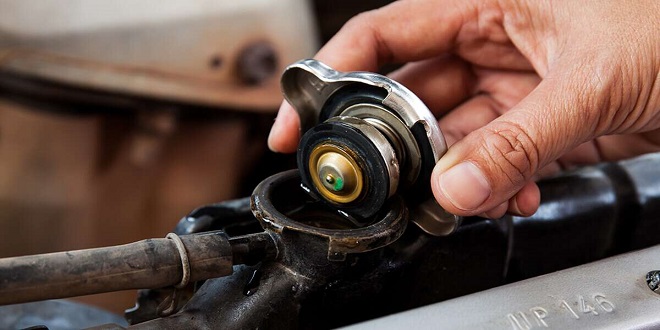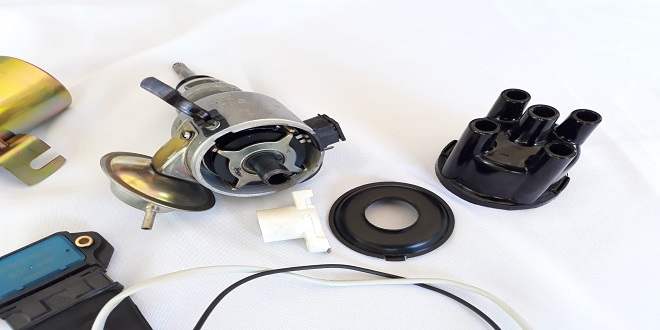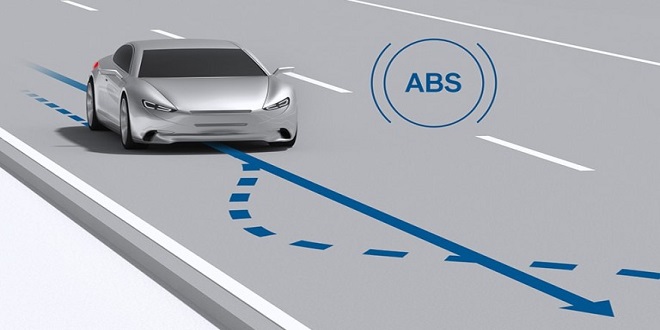Alkaline batteries The ZEBRA battery

Lead-acid batteries traditionally required a considerable amount of services to keep them in good condition, although this is not now the case with the advent of sealed and maintenance-free batteries. However, when a battery is required to withstand a high rate of charge and discharge on a regular basis or is left in a state of disuse for long periods, the lead-acid cell is not ideal. Alkaline cells on the other hand require minimum maintenance and are far better able to withstand electrical abuse such as heavy discharge and over-charging.
The Zero Emissions Battery Research Activity (ZEBRA) has adopted a sodium-nickel-chloride battery for use in its electric vehicle program. This battery functions on an electrochemical principle. The base materials are nickel and sodium chloride. When the battery is charged, nickel chloride is produced on one side of a ceramic electrolyte, and sodium is produced on the other. Under discharge, the electrodes change back to the base materials. Each cell of the battery has a voltage of 2.58
Ultra-capacitors
Ultra-capacitors are very high capacity but (relatively) low-size capacitors. This is achieved by employing several distinct electrode materials prepared using special processes. Some state-of-the-art ultra-capacitors are based on the high surface area, ruthenium dioxide (RuO2), and carbon electrodes. Ruthenium is extremely expensive and available only in very limited amounts.
Electrochemical capacitors are used for high-power applications such as cellular electronics, power conditioning, industrial lasers, medical equipment, and power electronics in conventional, electric and hybrid vehicles. In conventional vehicles, ultracapacitors could be used to reduce the need for large alternators for meeting intermittent high peak power demands related to power steering and braking. Ultra-capacitors recover braking energy dissipated as heat and can be used to reduce losses in the electric power steering
One system in use on a hybrid bus uses 30 ultracapacitors to store 1600 kJ of electrical energy (20 farads at 400 V). The capacitor bank has a mass of 950 kg. The use of this technology allows the recovery of energy, such as when braking, that would otherwise have been lost. The capacitors can be charged in a very short space of time. The energy in the capacitors can also be used very quickly, such as for rapid acceleration
Fuel cells
The energy of oxidation of conventional fuels, which is usually manifested as heat, may be converted directly into electricity in a fuel cell. All oxidations involve a transfer of electrons between the fuel and oxidant, and this is employed in a fuel cell to convert the energy directly into electricity.
All battery cells involve an oxide reduction at the positive pole and oxidation at the negative during some part of their chemical process. To achieve the separation of these reactions in a fuel cell, an anode, a cathode, and an electrolyte are required. The electrolyte is fed directly with the fuel.
Last word
It has been found that fuel of hydrogen when combined with oxygen proves to be the most efficient design. Fuel cells are very reliable and silent in operation, but at present are very expensive to construct. shows a simplified representation of a fuel cell.




